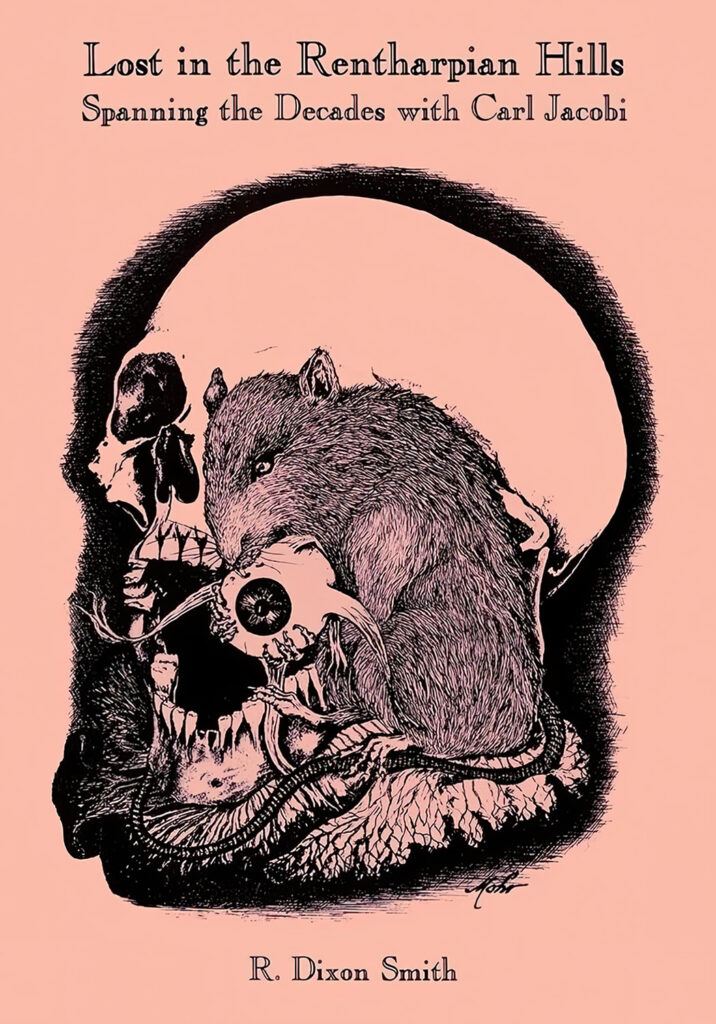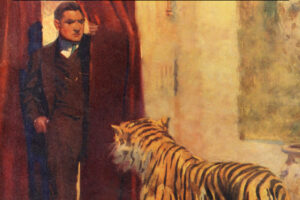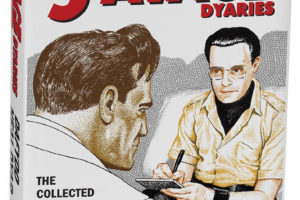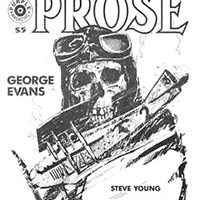When I posted on East of Samarinda, a collection of Carl Jacobi‘s pulp stories, I mentioned it follows on from the biography of Jacobi: Lost in the Rentharpian Hills: Spanning the Decades with Carl Jacobi. It was written by R. Dixon Smith, who helped edit that volume with Jacobi himself. At the time I didn’t have a copy of the bio, but I have since obtained one.
 Both works were published by Bowling Green State University’s Popular Press, this one coming out in 1985. Sadly, it has been let to go out of print, but if you look around, you can find a copy like I did.
Both works were published by Bowling Green State University’s Popular Press, this one coming out in 1985. Sadly, it has been let to go out of print, but if you look around, you can find a copy like I did.
Carl Jacobi (1908-97) is best known for his stories in Weird Tales magazine in the 1920s and ‘30s, though he wrote a variety of pulp stories. He was friends with Hugh B. Cave, and the two corresponded for years. If you are interested in his weird fiction, your best option is to get the two collections from Weird House Press and edited by S.T. Joshi: Mive and Others: Best Weird Stories of Carl Jacobi, Vol. 1 and Witches in the Cornfield: Best Weird Stories of Carl Jacobi, Vol. 2. At some point, I hope to obtain and review them here.
This is a fairly short work, so it was an easy and enjoyable read. His bio takes up about 75 pages, with several photos across his life. He was born and raised in Minnesota, obtaining a degree in English and Journalism. He was mainly a freelance writer of non-fiction and fiction. He was a classmate of Donald Wandrei, who co-founded Arkham House, and later met August Derleth. Arkham would publish several collections of his work. He soon met Hugh Cave.
We learn how he became an expert on the exotic locations he wrote about. He didn’t travel there, but instead engage in correspondence with those in the area. But this certainly worked for him, as his “Borneo” and similar tales were well received.
I was surprised to learn about his home life. Due to his supporting his ailing parents, he started working at Honeywell during WWII, where he stayed for almost 25 years. He was a lifelong bachelor and lived in his parent’s home I think his whole life. So he was actually writing on the side.
In addition to the biography, there is an annotated bibliography. Instead of just listing his works, for many of the pulp works we are told info about how it was written, edited, etc., even how much it sold for. You don’t usually get such info on pulp writers and I think the only time I’ve seen this once before.
The final section is various letters to Jacobi.
If you are interested in Carl Jacobi as a writer, or for that matter what a pulp writer’s career is like, this is a work to obtain. As noted, it’s not very long, compared with similar works out there. But you’ll learn what the life of a pulp writer was like, at least one of the better ones. I wish this would be reprinted.



